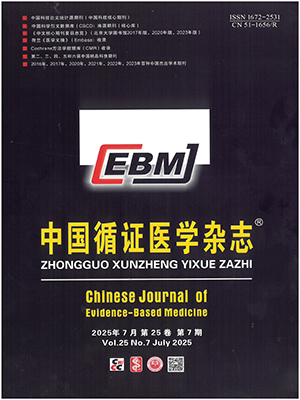| 1. |
Ginsberg JS, Chan WS, Bates SM, et al. Anticoagulation of pregnant women with mechanical heart valves. Medicina Clínica, 2003, 121(19): 755.
|
| 2. |
周据津. 纳布啡与舒芬太尼用于剖宫产术后镇痛临床效果的比较. 郑州: 郑州大学, 2017.
|
| 3. |
冯娟, 汪超, 李湘莲, 等. 剖宫产术后镇痛研究进展. 现代医药卫生, 2015, 31(20): 3111-3113.
|
| 4. |
李中华, 兰丽霞. 氢吗啡酮用于剖宫产术后硬膜外持续镇痛的临床效果和不良反应观察. 中国基层医药, 2017, 24(10): 1571-1574.
|
| 5. |
王丽娟, 樊晋荣. 盐酸氢吗啡酮用于剖宫产术后硬膜外镇痛的临床观察. 中国医药指南, 2017, 15(28): 60.
|
| 6. |
吴亚南. 氢吗啡酮用于产科术后镇痛的临床观察. 现代医学与健康研究电子杂志, 2017, 1(4): 85-86.
|
| 7. |
蒋军, 黄琼艳. 盐酸氢吗啡酮在剖宫产术后自控镇痛中的应用. 临床合理用药杂志, 2016, 9(31): 60-61.
|
| 8. |
谢海森, 林晓刚, 王晓丽. 盐酸氢吗啡酮硬膜外单次注射联合静脉自控镇痛在剖宫产术后的应用. 现代医院, 2015, 15(2): 45-47.
|
| 9. |
陈远辉, 唐启鹏, 孙燕飞, 等. 氢吗啡酮和吗啡用于剖宫产术硬膜外镇痛的效果比较分析. 中国妇幼保健, 2015, 30(6): 970-971.
|
| 10. |
严国胜, 杨明乾, 刘会长, 等. 氢吗啡酮单次给药用于剖宫产术后硬膜外镇痛的临床观察. 医学新知杂志, 2014, 24(3): 175-177.
|
| 11. |
Kumar P, Sunkaraneni S, Sirohi S, et al. Hydromorphone efficacy and treatment protocol impact on tolerance and mu-opioid receptor regulation. Eur J Pharmacol, 2008, 597(3): 39-45.
|
| 12. |
Felden L, Walter C, Harder S, et al. Comparative clinical effects of hydromorphone and morphine: a meta-analysis. Brit J Anaesth, 2011, 107(3): 319-328.
|
| 13. |
张红卫, 吴静. 国内外剖宫产研究现状分析. 中华现代护理杂志, 2015, 21(18): 2229-2232.
|




